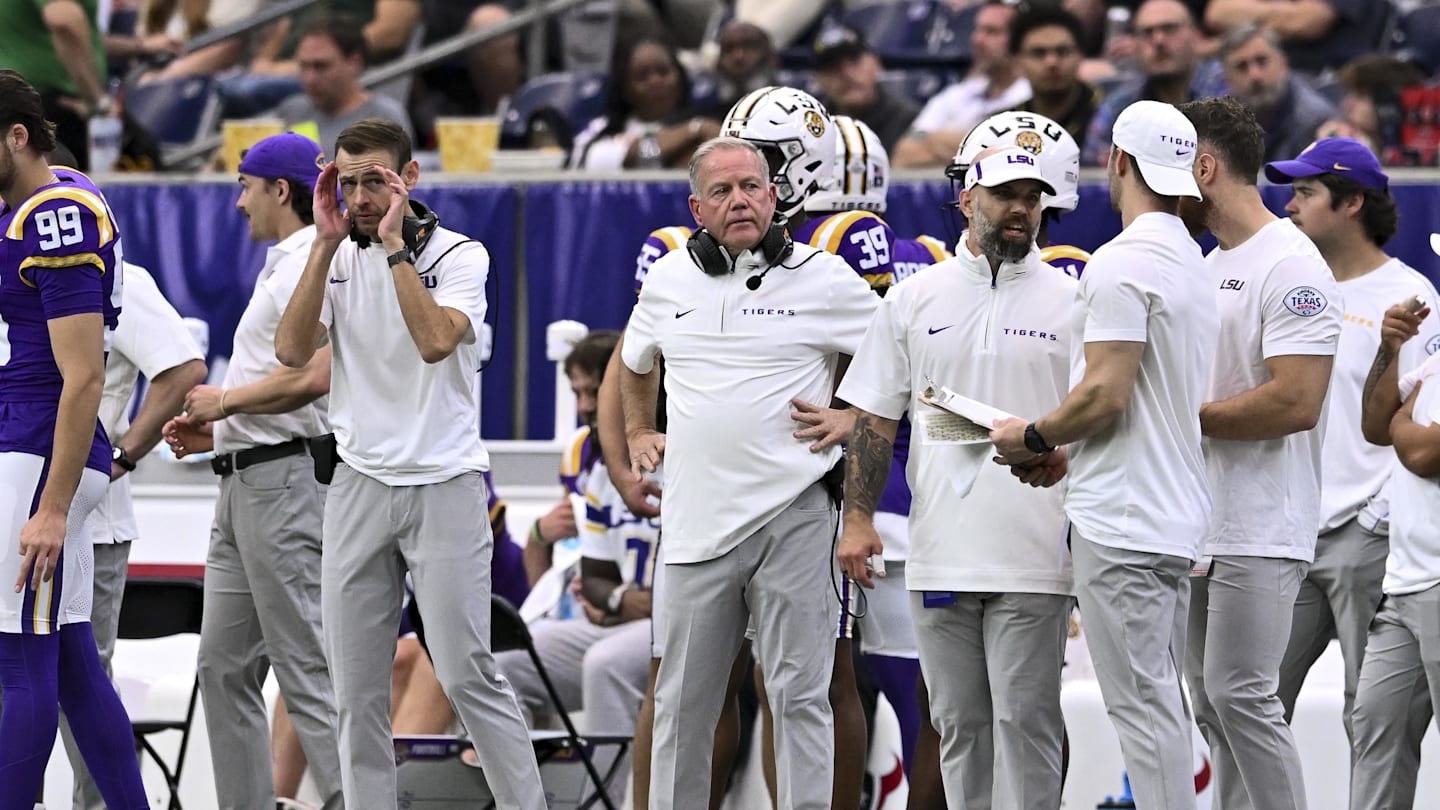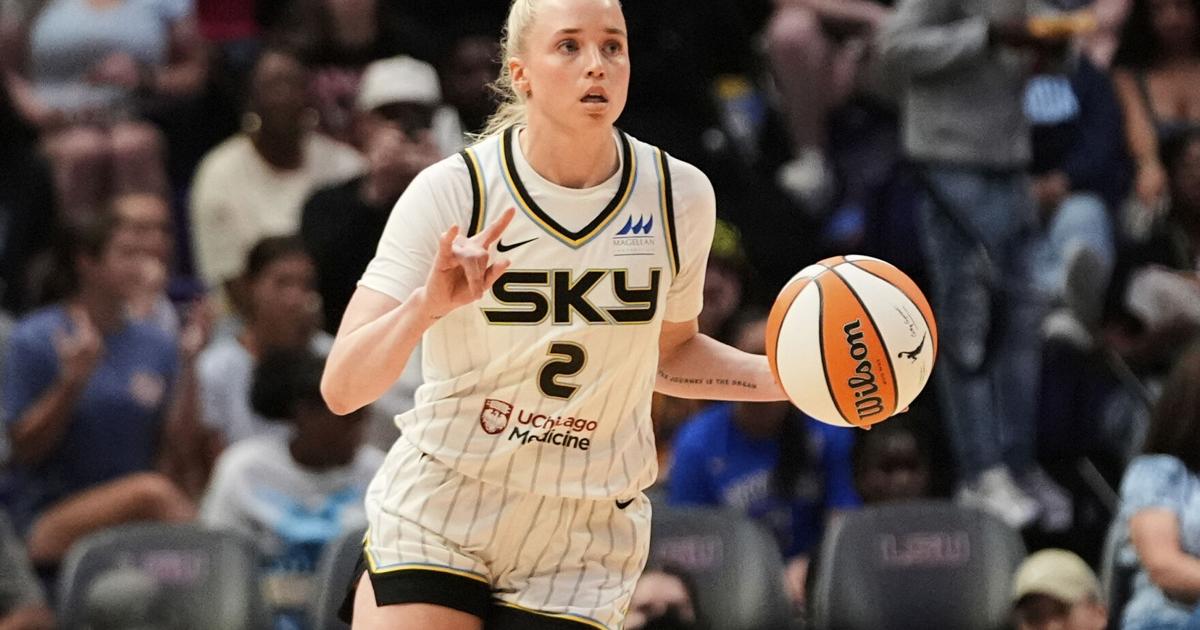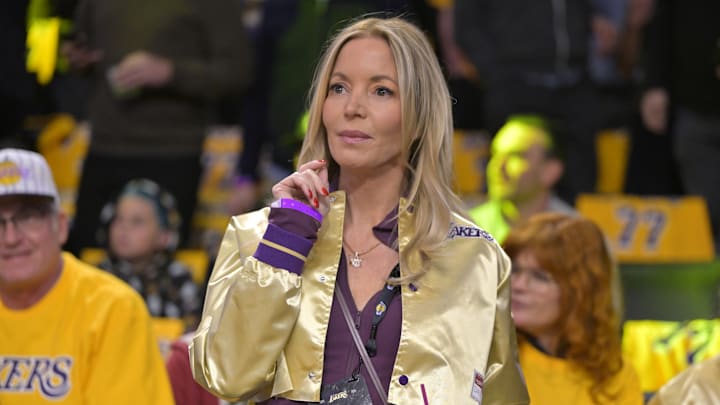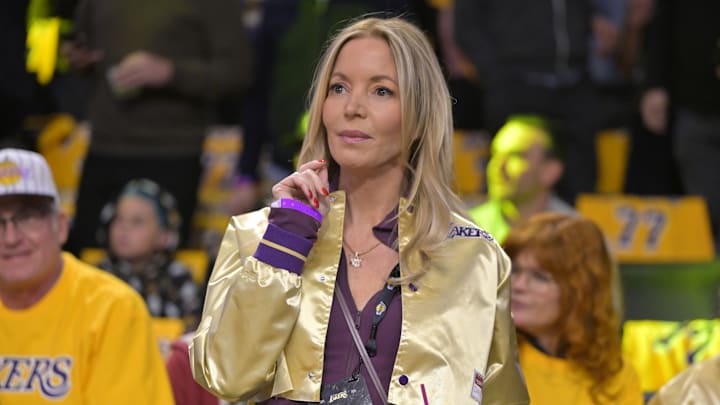Hailey Van Lith was one year away from tying a bow on a traditional college career at Louisville and being cemented as one of the most decorated four-year starters in Cardinals history. She had just led her team to its third straight Elite Eight appearance and put up career-high numbers, including 19.7 points per game.
But the rising senior from Wenatchee, Washington, had other plans. With WNBA aspirations on her mind, Van Lith swapped Louisville red for LSU purple and gold and embarked on a new journey in Baton Rouge. Her lone season included another run to the Elite Eight and it was back to the transfer portal.
Coach Mark Campbell’s pro-style offense caught her eye, and she decided her fifth and final year of eligibility would be spent at TCU.
College sports was once rooted in tradition, school pride and loyalty, but those expectations are changing if not fading in a landscape where athletes have won the ability to transfer season to season, year to year. Some are painted as disloyal or selfish but Van Lith and others don’t see it that way.
“Whenever you transfer, you always expect pushback,” Van Lith told The Associated Press. “I can’t tell you how many podcasts I’ve seen on people discussing my choices to go to this school and that school, and the theories that are thrown out there are all wrong. But it’s just, you learn to live in harmony with that, and at the end of the day, I just decided I’m no longer going to let false assumptions disrupt my peace.”
One of the biggest misconceptions, Van Lith said, is that her transfer decisions were guided by NIL compensation. She was able to look past accusations of being a “money chaser” or a “trophy chaser” and find solace knowing onlookers didn’t have the full picture.
“Multiple of the schools that I went to, I actually never got a check from,” she said. “I think that in transfer culture now, a lot of people automatically assume that it has to do with the collective money or now I guess it’s revenue share. But it just depends on the person, and for me, it was all basketball decisions.”
A level playing field
Ann Skeet, senior director of Leadership Ethics at Santa Clara’s Markkula Center for Applied Ethics, said all parties should be held to the same standards. Coaches and athletic directors take new jobs, navigating buyouts and ill will along the way.
“I do think one of the realities of sport in this day and age is that people are making changes more often than they used to,” Skeet said. “How they communicate what their decision is, how much time they give people, how frequently they’re changing teams, all of those things should be considered, and I think it’s fair to hold the coaches and players to equal standards.”
Skeet acknowledged the pressure on athletes navigating a new, professional-like industry at a young age. Millions of dollars in name, image and likeness compensation is already flowing even before schools start cutting checks after July 1 under the NCAA antitrust settlement.
“The reality is, NIL is bringing market pressures to college sports in a way that we haven’t experienced before, and so players are having to trade off and think about what serves their own personal interests vs. what serves the team interests in ways that they haven’t had to consider in the past,” she said.
Complicated decisions
While Van Lith was deciding her future, running back Ray Davis was awaiting his. In his sole season at Kentucky, Davis rushed for 1,129 yards on 199 carries and led the SEC with 21 touchdowns from scrimmage. His production was enough to garner interest from NFL scouts.
Similar to Van Lith, Davis’s winding road to the pros involved several stops. Before Kentucky, he had two-year stints at Temple (2019-2021) and Vanderbilt (2021-2023). Transferring to Kentucky meant Davis would suit up for his third team in five years, and he knew moving from one SEC school to the next could stir the pot. The decision wasn’t an easy one.
“It was super difficult,” Davis said. “It took days, literally almost weeks to just really make a decision. And when I made the decision, I just had to live with it. I couldn’t think twice about it. I had to be confident.”
The move paid off. Davis gained national attention and was selected by the Buffalo Bills in the fourth round of the 2024 draft. But while his draft stock soared, the backlash from transferring a second time took a toll.
“Mentally it sucks because, you know, as a kid when you’re 18, 19 or whatever, you’re being told, ‘Hey he’s leaving because he’s disloyal,’ and that’s not what it is,” Davis said.
He focused on what he could control.
“I think it’s really about how you handle it yourself, how you internalize it yourself, and how you go about walking in the building each and every day. If you be like, `Ah, people are looking at me like I’m not an honest and disloyal person,’ then that’s going to hurt you mentally. But if you walk into a place where you’re confident in who you are, then I think you’ll succeed,” Davis told AP.
The impacts
Transfer decisions, regardless of the underlying factor, can lead to unfavorable public perceptions — or worse. A 2024 study found a cross-section of abusive content directed toward college athletes on social media.
“It certainly is their right to transfer, but then they will also develop whatever reputation they develop as a result of the choices they make. So people who transfer multiple times are going to be identified in that way,” Skeet said. “It goes with the territory, as they say.”
Both Van Lith and Davis noted the irony in receiving blowback when team personnel can seek new ventures without repercussions.
“Coaches leave. Directors leave. Everybody has the opportunity to leave. So for players, we’ve got to have that opportunity too,” Davis said.
Added Van Lith: “A lot of times, the loyalty is placed on the responsibility of the players, but you see coaches leave all the time to better their financial situation, to make more money, to do better for their family. When people talk about loyalty, I really challenge them to put into perspective, if they would feel the same if a coach left.”
AP college sports: https://apnews.com/hub/college-sports






























































